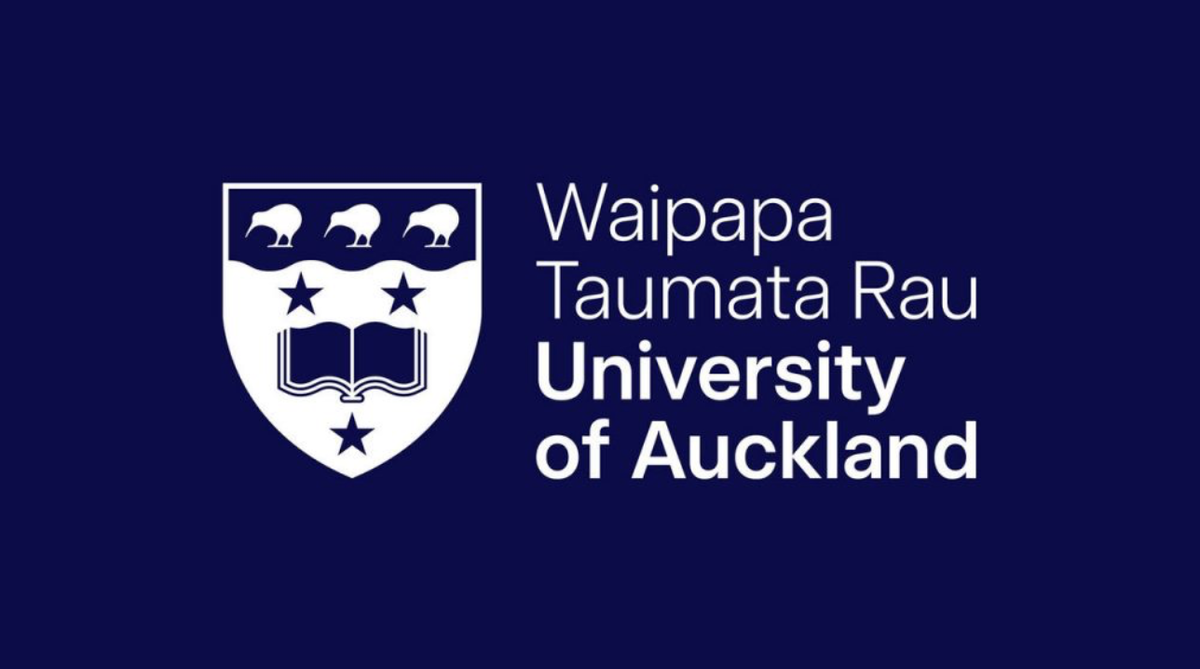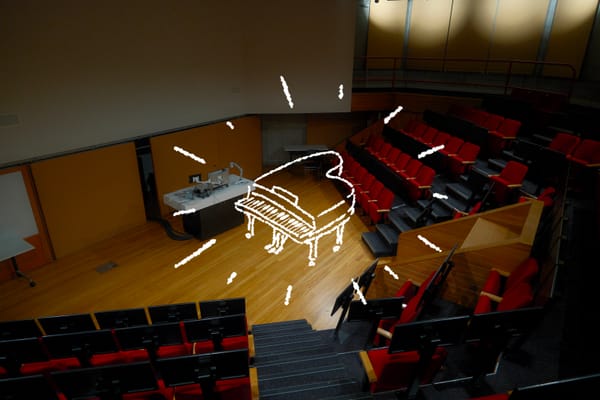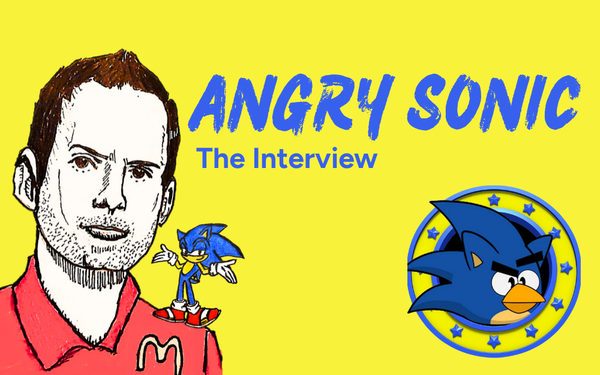Branding Has Booked A Facelift
As UoA's branding undergoes changes, we explore what this signifies for students, as well as the various reasonings behind it

The University’s branding is set to undergo significant changes, as revealed through a staff interview. The university is revamping its logo, colours, fonts, and signage, marking the culmination of three years of work and development in partnership with Māori led brand Ira, a creative partner working through a Te Ao Māori lens. The aim? To create a more unified identity that resonates with the entire student body. So, what do these changes mean for us as students, and how will they affect our campus experience?
The most noticeable change will be to the University’s colour scheme. Gone are the ‘corporate’ blue and grey, replaced by variations of blue, inspired by a photograph of Auckland’s harbour. Two new colours will be introduced: ‘Waitematā blue’ (dark blue) and ‘Mahina blue’ (light blue), while the original UOA blue (azure) will remain as part of the three. This was reportedly influenced by a desire to establish UOA from other universities as the ‘Blue University’, rather than ‘just another blue university’. A key point the university’s branding team focused on was the reading accessibility requirements, which is now adhered to with the introduction of the darker ‘Waitematā blue’. Other changes will also be made, such as fonts, which will be changed to an open sourced font to allow more freedom of use for all members of the university. This aligns with the university’s goal of unifying branding across the university, ensuring those who use the font will avoid copyright infringement.

One of the most debated aspects of the redesign is the decision to retire faculty-specific colours, previously used for things like merchandise and sports advertising. These will be phased out in favour of a ‘unified university colour scheme’. The multiple colours reportedly didn’t align with our new identity as the ‘Blue University’, taking away from this new, unified branding. The university’s logos previously exceeded 7,500, in what was described as a ‘proliferation’. This fact was considered when updating the branding, with the goal of creating a unified brand identity which all students could feel represented by in order to prevent this ‘offshooting’ of logos. It’s stressed that the move doesn’t intend to strip students of their identities, but rather to unify and foster pride in our main branding. Fear not, ‘unofficial’ colours and logos will still be permitted for club and sports branding. The move also aims to better incorporate te reo Māori into the university’s branding. The branding change isn’t just about aesthetics, it’s about creating an identity which better reflects the university’s diversity. It meets a need to more accurately represent te reo Māori and its place at UoA, in a move towards a more “bilingual, bicultural future”. It will also ensure that the university’s te reo name, Waipapa Taumata Rau, gifted in 2021 by Ngāti Whātua Ōrākei, will be appropriately honoured and represented on our signage. While this could be interpreted as a political move, (as could other moves to incorporate te reo into university life, such as the introduction of the WTR100 course, and the creation of ReoSpace), it’s stressed that this wasn’t the ultimate goal. The move was reportedly more about accessibility rather than making ‘any grand political gesture’.
In terms of this ‘rebrand’, expect slow, minor changes to be made: everything will be introduced through a ‘slow rollout’, gradually replacing the old. The university will be working with Property Services, slowly replacing defunct signage, and other things around campus, such as campus cards. A drastic change wasn’t the ultimate goal, with a heavier focus on sustainability. Sustainability was identified as a key factor in the university’s decision making, specifically sustainability and cost. Staff reportedly felt that it would not be in the best interest to spend student funds on a complete rebrand, which would involve immediate changes to all signage around campus. Examples were provided of other university’s expensive ‘rebrands’, namely Otago University, which was estimated to have cost more than $1 million. Staff felt that a similar investment at UoA would receive backlash, and wouldn’t be in the best interest of students, hence the slow rollout. Student response was also considered as part of the decision making process - blind test groups were shown the new logos and colour branding and the reactions were, well, underwhelming. Reportedly, none of the groups successfully distinguished a difference between the new and old logos until they were explicitly pointed out. One must consider: will such minor changes make a difference on a large scale? Will this rebrand be successful in ensuring that the diversity of our university is accurately and fairly represented? The university can claim this new ‘blue’ identity, but will it catch on with students? Only time will tell. Ultimately, the success of this rebrand will depend on how well it resonates with the student body. Keep an eye out, and see if you manage to spot the differences yourself!





